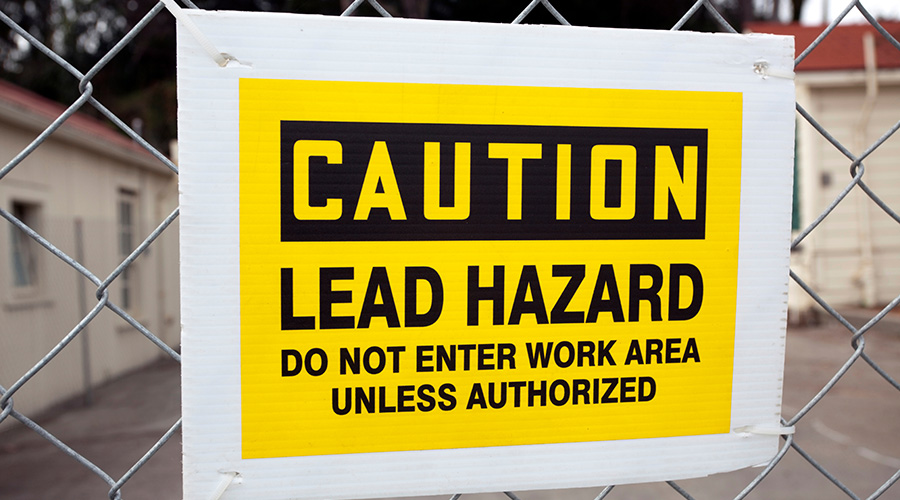If You Preserve It, Will They Come?
 I spent a few hours walking around an old house the other day, and I came away with a deeper appreciation for historical renovations — the subject of our cover story this month. I also found myself more hopeful that such projects can find greater public support.
I spent a few hours walking around an old house the other day, and I came away with a deeper appreciation for historical renovations — the subject of our cover story this month. I also found myself more hopeful that such projects can find greater public support.
It helped that the house in question was the Captain Frederick Pabst Mansion in Milwaukee, which bills itself as “the finest Flemish Revival mansion in America.” The mansion, listed on the National Register of Historic Places, is now a museum that honors a prominent family in the beer-brewing culture that defined Milwaukee and, for many, remains its dominant image.
Built in 1892 for Pabst and his family, the mansion featured a range of then-modern conveniences, including electrical wiring, nine full bathrooms with plumbing, and a state-of-the-art heating system controlled by 16 thermostats. Following the death of Pabst and his wife, the Archdiocese of Milwaukee bought it in 1908.
But for as special as the mansion was in its prime, the rest of its existence has been all too familiar to anyone who has tried to maintain an aging structure. In 1975, the archdiocese hoped to sell the mansion — the last of about 30 such mansions in the neighborhood — to a historic preservation group. Facing the very real threat of demolition from a private developer, a restoration group raised funds and bought it in 1978. Since then, the group has worked diligently to raise funds needed to repair the many elements of the mansion that had fallen into disrepair over time.
So far, most of the first two floors — in all of their 19th Century opulence — have been restored and are open to the public. Plans call for continued, room-by-room renovation of the mansion’s third floor and basement, as funding allows.
My deeper appreciation for historical renovations comes from seeing the amount of work required on the mansion’s unrestored areas, as well as the results of their efforts so far.
My raised hopes regarding public support for historical renovations comes from this fact: I visited the mansion on a sunny holiday weekend and found its volunteer staff pleasantly overwhelmed by the large number of visitors. Beyond that, the building hosts a full schedule of exhibits, private parties and special events.
One lesson here for managers is that while historical renovations present enormous challenges, they also offer benefits to organizations — namely, good publicity, a more recognizable image, and the potential for closer ties to the community — that seem well worth the effort.
Related Topics:








 I spent a few hours walking around an old house the other day, and I came away with a deeper appreciation for historical renovations — the subject of our cover story this month. I also found myself more hopeful that such projects can find greater public support.
I spent a few hours walking around an old house the other day, and I came away with a deeper appreciation for historical renovations — the subject of our cover story this month. I also found myself more hopeful that such projects can find greater public support.


